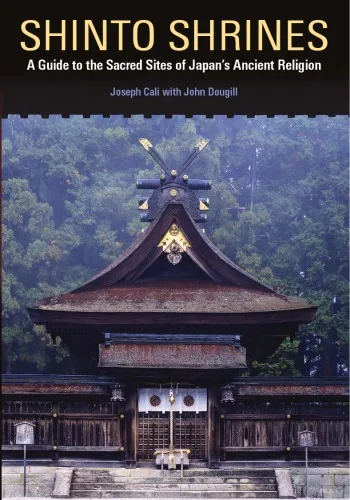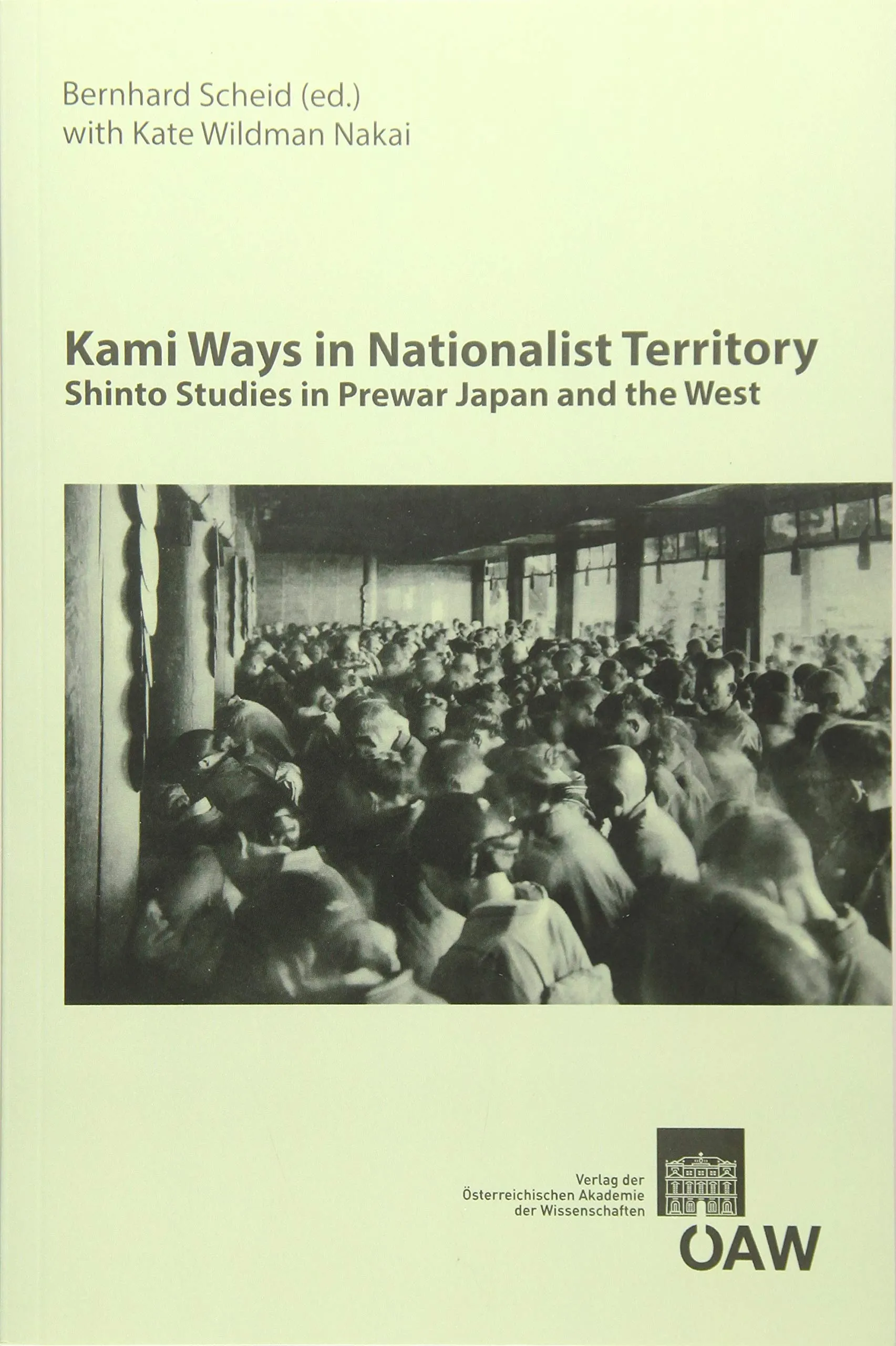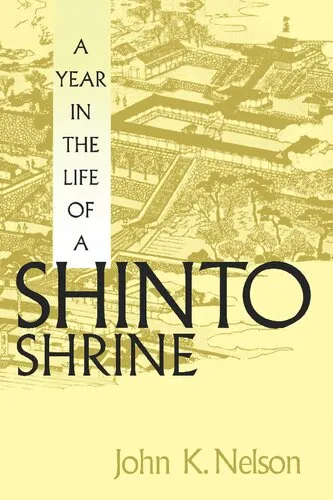Shinto: At the Fountainhead of Japan
2.5
Reviews from our users

You Can Ask your questions from this book's AI after Login
Each download or ask from book AI costs 2 points. To earn more free points, please visit the Points Guide Page and complete some valuable actions.Related Refrences:
Introduction to "Shinto: At the Fountainhead of Japan"
Shinto, often recognized as the indigenous spirituality of Japan, possesses a rich tapestry of rituals, beliefs, and historical narratives that have profoundly shaped Japanese culture and society. In "Shinto: At the Fountainhead of Japan," Jean Herbert delves into the intricate layers of this venerable tradition, offering readers a comprehensive exploration of its ethos, evolution, and enduring influence. This book serves not only as an academic inquiry but as a profound cultural journey into the heart of Japan.
Detailed Summary of the Book
Jean Herbert's "Shinto: At the Fountainhead of Japan" embarks on an enlightening exploration of Shinto from its mythical origins in ancient Japan to its status in contemporary society. The book meticulously unpacks the foundational myths that underpin Shinto beliefs, such as the creation story involving deities like Izanagi and Izanami. Herbert discusses how these mythologies inform the spiritual and cultural consciousness of the Japanese people.
Furthermore, the book delves into the various kami (gods/spirits) and their roles, shedding light on how these deities are worshipped through rituals, festivals, and daily practices. Herbert presents a vivid picture of shrine architecture and the significance of nature in Shinto. The book also addresses Shinto’s interactions with other religions, such as Buddhism and Christianity, and how these interactions have shaped its current practice.
Through historical analysis and contemporary observations, Herbert illustrates how Shinto remains a living, breathing aspect of Japanese identity, deeply embedded in everyday life and national consciousness.
Key Takeaways
- Understanding Shinto Mythology: The book offers insights into foundational myths that are crucial to understanding Japanese culture.
- The Role of Nature: Shinto emphasizes the worship of nature and its intrinsic connection to spirituality.
- Interplay with Other Religions: The text examines Shinto's interaction with Buddhism and other spiritual practices in Japan.
- Cultural Identity: Shinto as a driving force behind national and cultural identity in Japan.
Famous Quotes from the Book
"Shinto, more than a religion, is a way of being; it is an integral part of the Japanese soul."
"In the dance of leaves and the whisper of streams, the kami dwell, ever watching, ever nurturing."
Why This Book Matters
"Shinto: At the Fountainhead of Japan" matters because it fills a significant gap in the understanding of an often-misunderstood facet of Japanese life and culture. In a globalized world where cultural knowledge facilitates deeper interpersonal and international relations, understanding Shinto offers profound insights into the Japanese psyche and their worldview.
Jean Herbert doesn’t merely recount historical facts; he provides a narrative that brings to life the elegance and simplicity of Shinto practices. For scholars, travelers, and anyone interested in how religion shapes civilizations, this book is an indispensable resource that enhances appreciation and understanding of Japan beyond the surface. It reveals Shinto as not just a set of rituals but as an inseparable element of Japanese art, politics, literature, and daily living.
Through his authoritative and compelling narrative, Herbert ensures that readers grasp not just the mechanics of Shinto but its soul, which continues to pulse through the veins of Japan.
Free Direct Download
You Can Download this book after Login
Accessing books through legal platforms and public libraries not only supports the rights of authors and publishers but also contributes to the sustainability of reading culture. Before downloading, please take a moment to consider these options.
Find this book on other platforms:
WorldCat helps you find books in libraries worldwide.
See ratings, reviews, and discussions on Goodreads.
Find and buy rare or used books on AbeBooks.
1558
بازدید2.5
امتیاز0
نظر98%
رضایتReviews:
2.5
Based on 0 users review
Questions & Answers
Ask questions about this book or help others by answering
No questions yet. Be the first to ask!







